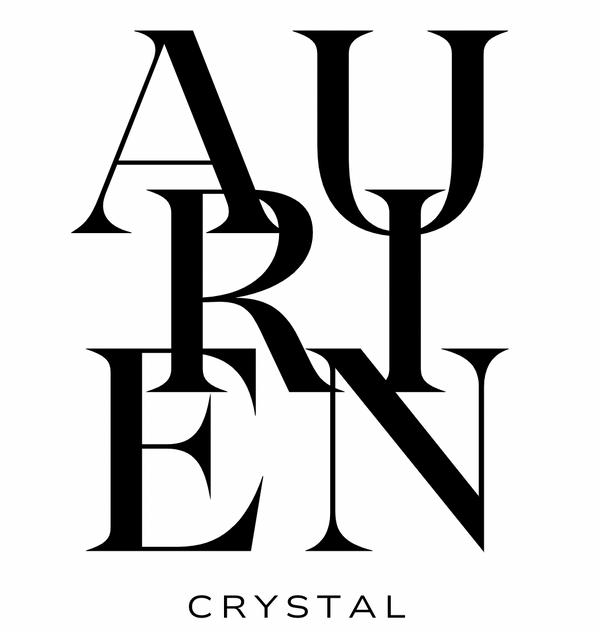Collection: Brazilian Green Rutilated Quartz
Brazilian Green Rutilated Quartz Bracelet — FAQ
What is Brazilian green rutilated quartz?
It’s quartz with fine, needle-like inclusions that read green. In the trade, “green rutilated quartz” may feature actinolite or chlorite needles/veils rather than classic golden rutile—Brazil is known for attractive, well-polished strands.
What does genuine green rutilated quartz look like?
Expect translucent to glassy quartz with sage-to-forest threads, wisps, or clouds. Patterns vary bead to bead—some look “mossy,” others show distinct needles.
Green rutilated vs tourmalinated quartz — what’s the difference?
Tourmalinated quartz shows black tourmaline needles (graphical, jet-black). Green rutilated strands show green inclusions (often actinolite/chlorite), giving a fresh, botanical look.
Is “green rutile” actually rutile?
True rutile is typically golden, red, or black. Many “green rutile” strands in the market are quartz with actinolite or chlorite inclusions. Reputable sellers provide clear disclosure.
Is it durable for everyday bracelets?
Yes—quartz is Mohs 7. Daily wear is fine; avoid sharp impacts and gritty abrasion that can dull the polish or abrade the stringing.
How do I clean a green rutilated quartz bracelet?
Use lukewarm water + mild soap, rinse, and dry with a soft cloth. Skip ultrasonic/steam if plated findings or visible fractures are present.
Can I shower or swim with it?
Brief clean-water contact is fine, but avoid chlorine, saltwater, and hot tubs. Dry thoroughly to protect shine and elastic/metal components.
What does green rutilated quartz symbolize?
In crystal traditions, it’s chosen as a reminder of fresh starts, focused growth, and clear intention—belief-based cues often used in mindful routines.
Why do some beads look less green indoors?
Green needles can appear darker in low light. View under indirect daylight and gently rotate—needles brighten and become more visible as light passes through the bead.
How do I choose the right bracelet size?
Measure a snug wrist and add 0.5–0.7 in (1.2–1.8 cm) for elastic comfort. Small ≈ 5.5–6 in, Medium ≈ 6–6.5 in, Large ≈ 6.5–7 in.
6 mm vs 8 mm — which bead size is better?
6 mm = sleek and stack-friendly; 8 mm = bolder presence that shows inclusions more clearly as a single-strand focal.
What stacks well with Brazilian green rutilated quartz?
For texture, layer with baroque pearls. For warmth, add gold-plated accents. For calm contrast, mix clear quartz or black onyx.
This collection is empty
